Ridding the West of cattle remains a priority for some organizations and individuals. “Ranching,” the director of one prominent group told High Country News, is among “the most nihilistic lifestyles this planet has ever seen. Ranching should end. Good riddance.” Another group charges that ranching causes “desertification.” Another proclaims that “grazing spreads weeds.” Still another cites as a “myth” that “profitable livestock production and ecological preservation can coexist.”
These outfits do some good in their own ways, but they’d do lots more if they focused less on the past and more on the present. Not that there still aren’t plenty of grazing abuses, but a new generation of green ranchers are restoring grasslands, repairing watersheds, reconnecting rivers and maintaining wildlife corridors. And all ranchers, green and otherwise, preserve open space from sub-division.
Shane Rosenkrance, a fifth-generation rancher who manages the Mountain Springs Ranch in central Idaho, offers this: “For the most part the adversarial relationship with federal land managers is over. There’s a new era of cooperation. For instance, our new grazing plan called for so much monitoring that the BLM couldn’t quite do it, so I hired people to help. In the past some ranchers did monitoring to challenge federal data. I thought that was a tremendous waste of energy and time. Why not work together and do more?”
Contrast Rosenkrance’s philosophy with the old mindset as enunciated by Oakley, Idaho rancher Winslow Whiteley (1910-1995). In 1990 Whiteley hosted me at his ranch to expand on his recent interview with The New York Times, which quoted him as follows: “Either [Forest Service Ranger Don] Oman is gone or he’s going to have an accident. Myself and every other one of the permit holders would cut his throat if we could get him alone.” Oman’s offenses were that he’d scolded the Wild Rose and Goose Creek allotments for gross grazing violations and actually disciplined (albeit mildly) the Pleasant Valley C&H allotment for yet grosser violations — the first enforcement action against cattlemen in the history of the Sawtooth National Forest.
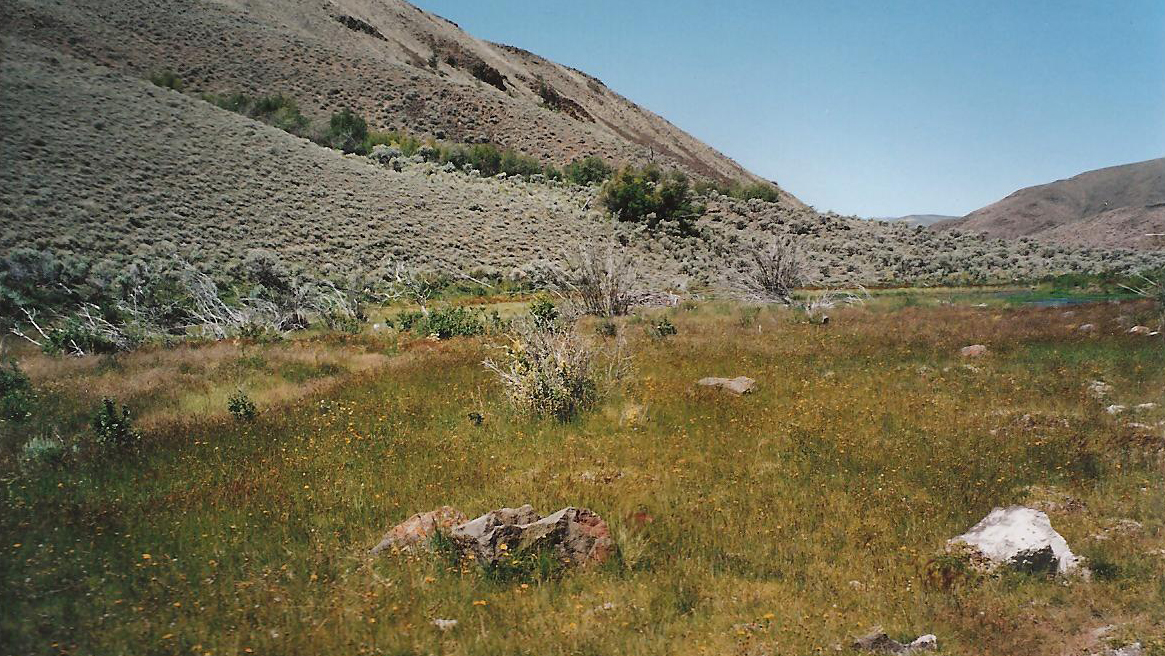
Representing a new breed of rancher, Rosenkrance protects streams and bottomland by restricting cattle to higher elevations. He adjusts fencing, water projects and plantings to accommodate wildlife, especially imperiled greater sage grouse. And he has helped organize an alliance of like-minded ranchers who call themselves the Central Idaho Rangeland Network. Accordingly, Dayna Gross, The Nature Conservancy’s Senior Conservation Manager in Idaho, has nominated him and his wife Mimi for the 2017 Environmental Stewardship Award to be selected by representatives of universities, conservation organizations and state and federal resource agencies.
Conservation easements are the Conservancy’s main tool for saving open space and wildlife. In 2001 it had procured easements on about 7,000 acres of ranchland around Idaho’s Pioneer Mountains; now it has close to 85,000. Some 26 easements protect the watershed of the Conservancy’s Silver Creek Preserve in the south-central part of the state. In addition to prolific, internationally celebrated rainbow trout that consistently humiliate me (perhaps because they’re glutted on the West’s richest insect hatches), the preserve sustains 150 bird species and is surrounded by prime sage-grouse habitat.
But conservation easements protect more than fish, wildlife and open space; they protect communities. Consider what they’ve done for Leadore, Idaho (population 90). In 2007 the Conservancy purchased the 1,350-acre Cottom Ranch, then transferred it with the easement in place to Leadore rancher Merrill Beyeler for an additional easement on his 1,025 acres eight miles up the Lemhi River.
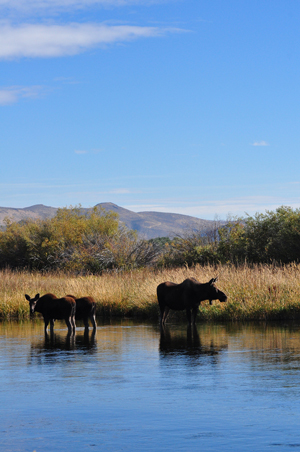
Motivated by concerns for fish, not cattle, Beyeler and other watershed ranchers, some also with Conservancy easements, began exploring the possibility of reconnecting tributaries, desiccated by old irrigation diversions, to the Lemhi, then pumping water directly from the river. Much of this work has been completed. It has required financial and/or technical support from the Conservancy, Trout Unlimited, Shoshone-Bannock Tribes, the U.S. Fish and Wildlife Service, BLM, Forest Service, Idaho Department of Fish and Game and other state and federal agencies.
Now, with colder water surging into the Lemhi River, spawning and holding habitat for endangered Chinook salmon and steelhead and threatened bull trout is expanding. In 2014 and 2015 the Lemhi had the largest salmon runs in 40 years. The 2016 run, while smaller, was substantial. Now juvenile salmon and steelhead are swarming into the reconnected tributaries.
“We had three goals,” Beyeler told me. “We wanted to quantify a good biological outcome, keep ranches intact, and stimulate the local economy. This kind of work takes a tremendous amount of planning and capacity. Our local contractors ended up with those bids. I cannot overstate the impact this conservation work has had on our valley.”
Leadore residents worried that their school, the state’s smallest, might go belly-up for lack of students and teachers. But people who grew up in town have come back, in large part to work on stream reconnections. Most have young children. Boyd Foster, who does stream work with his backhoe service, saw the opportunity and moved back with his wife MariJill, who now teaches pre-school and the school’s largest class, kindergarten. With the expanded ranch and upturn in the economy Beyeler’s three sons were able to return and now work with him on the ranch, and with them came a school infusion of 11 of Merrill’s 15 grandkids. Also returning to Leadore and profiting from stream work have been Bird Excavation LLC, Cary Bird Welding, Peterson Metal Products, Two Dot Irrigation and Supply and Diamond X Post and Pole.
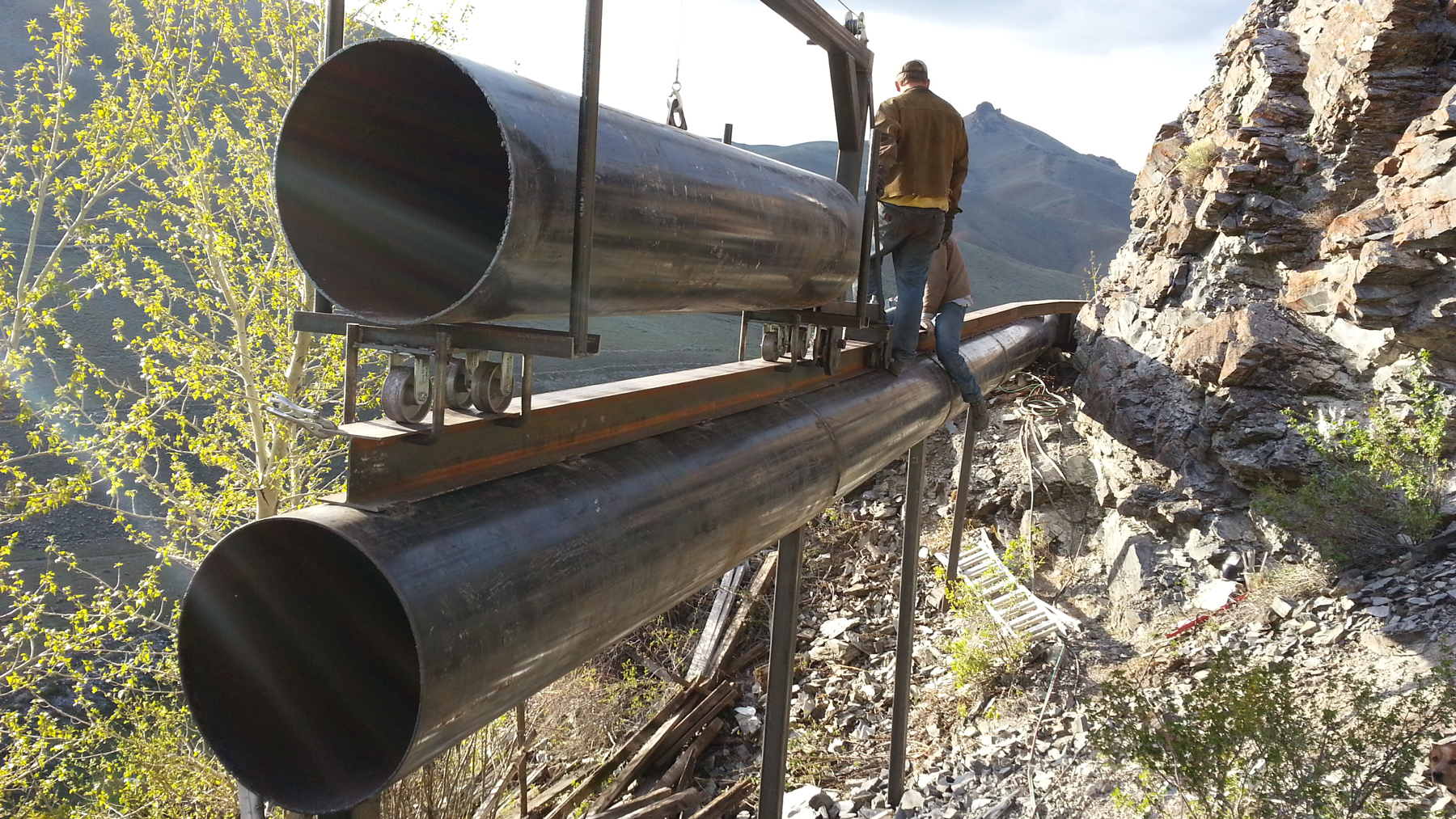
In 1990 the Conservancy purchased the 502-square-mile Gray Ranch in New Mexico’s boot heel — the biggest private conservation acquisition in U.S. history. When then-Interior Secretary Manuel Lujan (who famously demanded: “Do we have to save every subspecies?”) nixed the Fish and Wildlife Service’s plan to buy the ranch for a national wildlife refuge the Conservancy sold it to a rancher (Drummond Hadley who had set up the Animas Foundation) — this to the horror of some environmentalists. They needn’t have fretted.
With the sale the Conservancy included a conservation easement that proscribed all development but allowed sustainable ranching to continue. This initiated a run on conservation easements and the birth of a green-rancher association called The Malpai Borderlands Group that has protected and restored one million acres along the Mexican Border in Arizona and New Mexico. The group’s stated mission, well met, is to “preserve and maintain the natural processes that create and protect a healthy, unfragmented landscape to support a diverse, flourishing community of human, plant and animal life in the borderlands.”
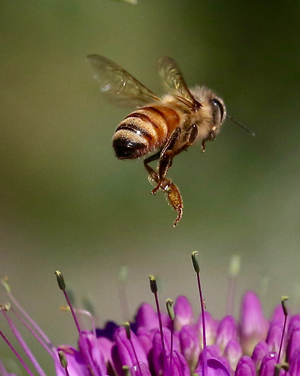
Members work with The Nature Conservancy, state and federal agencies, soil and water conservation districts and universities to facilitate conservation easements and recover endangered species. They’ve established a conservation strategy called a “grass bank” (see: Prairie Reprise) whereby a rancher beset by any major forage affliction, such as drought, can move his cattle to the Gray Ranch while his range heals. In exchange the rancher is required to grant to the Malpai Borderlands Group a conservation easement.
“Problems” listed by the Group as requiring its immediate attention include: shrinking open space; opposition to ranching; lack of understanding about ranching values; and increasing subdivisions.
“What’s good for the bird is good for the herd,” declares Jay Tanner who, with his brothers Blaine and Brent, runs the Della Ranches in northwestern Utah. He’s referring to the greater sage grouse which the three brothers, other green ranchers, NGOs, state and federal agencies are striving to recover before it declines to the point that the Fish and Wildlife Service is forced to list it under the Endangered Species Act.
The Nature Conservancy has teamed up with the Tanners, four other ranches and the Natural Resource Conservation Service to secure $3.7 million in public funding to restore and protect 9,312 acres of sage-grouse habitat. For the Tanners’ leadership in a U.S. Fish and Wildlife Service program called Partners for Fish and Wildlife and their work for sage grouse and other wildlife, Della Ranches received the Environmental Stewardship Award in 2011 and the Sand County Foundation’s Leopold Conservation award in 2009.
One might suppose that organizations and individuals rightly decrying abusive grazing would support and promote ranchers who do it right — profile them as models for better behavior. But whenever I ask green ranchers if they’ve received even a word of encouragement from this faction the answer is no. Instead they’re lined up and shot with the usual suspects.
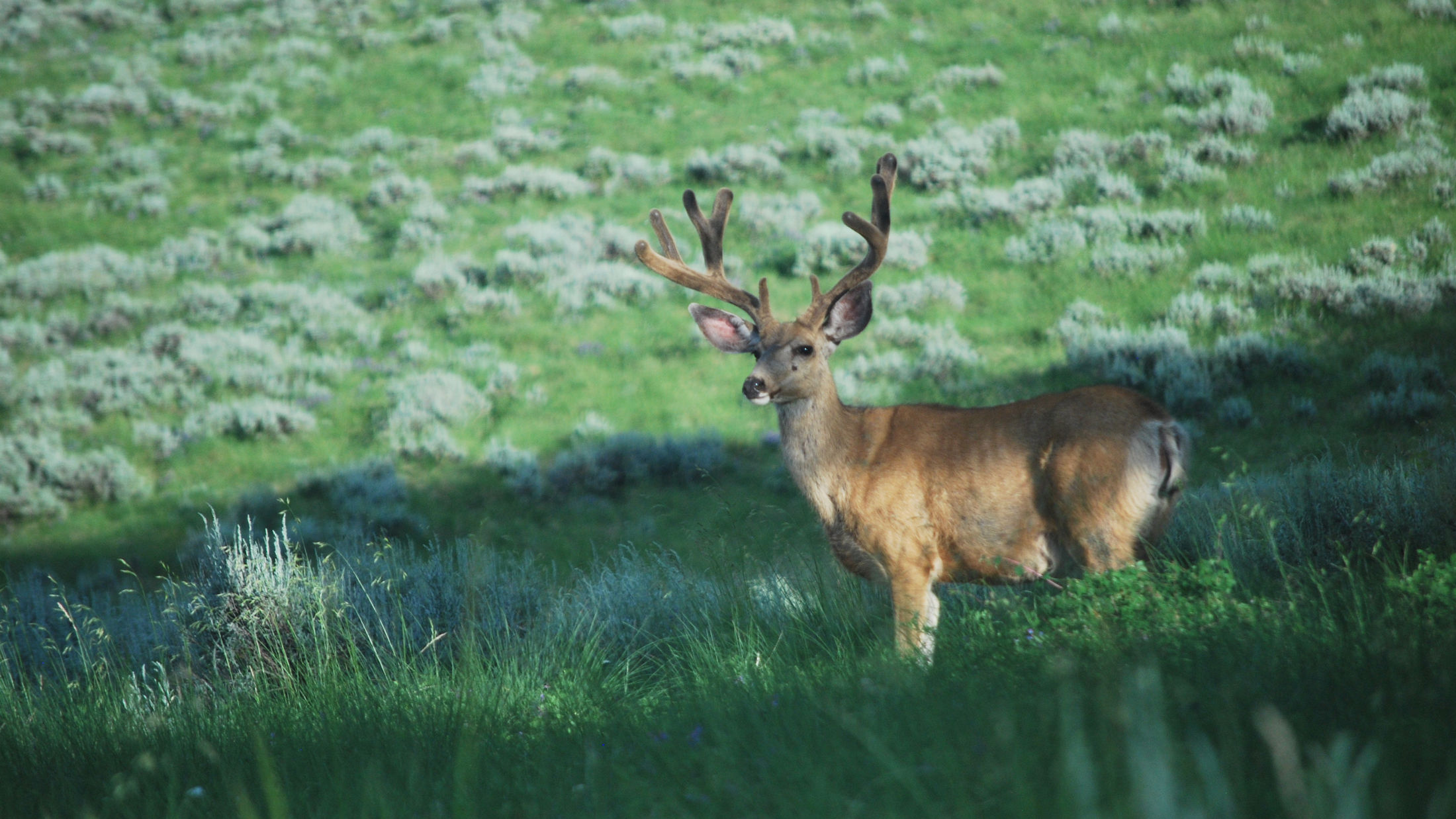
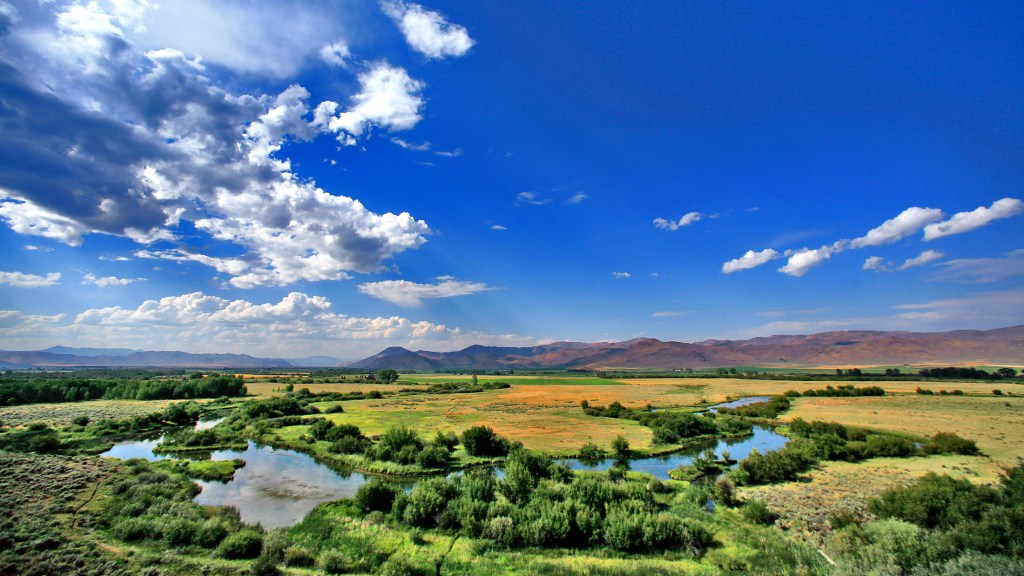



I am reading Rancher, Farmer, Fisherman and these courageous folks are proving to their disbelieving neighbors that conservation of their lands and setting up easements is good for both their ranching/farming business and the environment because they have learned to “work” their lands in ways nature intended. No longer is their soil eroding or producing low yields. Symbiosis at its best.
Thanks Thomas. But please explain why you imagine that my statement “Not that there still aren’t plenty of grazing abuses” is “downplaying destruction.” I used the word “plenty” for a reason.
I also made it abundantly clear that the easements are set up for grazing. How else could ranchers like Beyeler continue being ranchers? And please note this copy: “Members work with The Nature Conservancy, state and federal agencies, soil and water conservation districts and universities to facilitate conservation easements and recover endangered species. They’ve established a conservation strategy called a “grass bank” (see: Prairie Reprise) whereby a rancher beset by any major forage affliction, such as drought, can move his cattle to the Gray Ranch while his range heals.”
Prairie vegetation evolved with grazing. Bison, elk, prairie dogs and a host of other herbivores consumed forage, creating diversity of vegetation to which other species adapted. For example, the section of the Chase Lake National Wildlife Refuge in North Dakota that has been cowless for half a century is blighted with spongy duff rank with weeds. But on grazed sections there is firm, rich soil pushing prairie natives.
The only thing wrong with cattle grazing is that it isn’t always done right. My main point in this piece was this: If anti-grazing groups really want to improve the condition of western range, one might suppose they’d encourage what you call “poster ranchers,” profile them as examples. Instead, they line them up and shoot them with the “usual suspects.” That leads me and others to question their real motivation.
Nice story but still in the context of a “poster rancher”. You are downplaying the destruction of nearly all ranching management in this country with a comment like “Not that there still aren’t plenty of grazing abuses, but…”. And no where do you state that the conservation easements mentioned have cattle grazing on them. I wonder why? Time to fess up and admit the rancher whom you write of is a tiny fraction of those that practice conservation ranching.
Wonderful.work done!
Good job as usual Ted. The Malpai Borderland group are particularly dear to our hearts– know and have known many of them.
Thank you, Ted Williams, for a fine important story. How nice to finish a story about the rural West with a smile on my face.
I’m very sorry that the ranchers who are doing these really positive things are not getting more public credit. I’d be very happy to participate in a “thank a conservation rancher today” program, if there were a certified list available online of ranchers who deserve to get personal thanks, and if someone were willing to weed out troll messages and just send the good ones to the ranchers. Maybe some other readers feel the same way.
And I wish more people would realize that a major alternative to economically-viable ranching is development, per ranchettes and subdivisions. Good grazing is so much better for wildlife.
To gain more appreciation of good western ranching, I suggest a visit to the Cornbelt, especially the Iowa region where I live. Here, a combination of bad government incentives, very fertile soil, and farmer freedom to pollute have wiped out most wildlife habitat, and more continues to disappear. (And many of our lakes and rivers have awful water.)
Unfortunately, even cattle production here is often not sustainable, as some pastures are grazed so hard they look like billiard greens and many cattle spend a lot of their lives in crowded feedlots, eating distiller’s grains out of troughs. But some ranchers here are doing good sustainable grazing. I wish there were many more of them.
And just in case any of the good western ranchers featured in this story happen to read these comments, thank you so much for the good work you are doing, from the bottom of my heart. As a rural Iowa landowner, I would love to have any of you as neighbors. That’s the biggest compliment I’ve got.